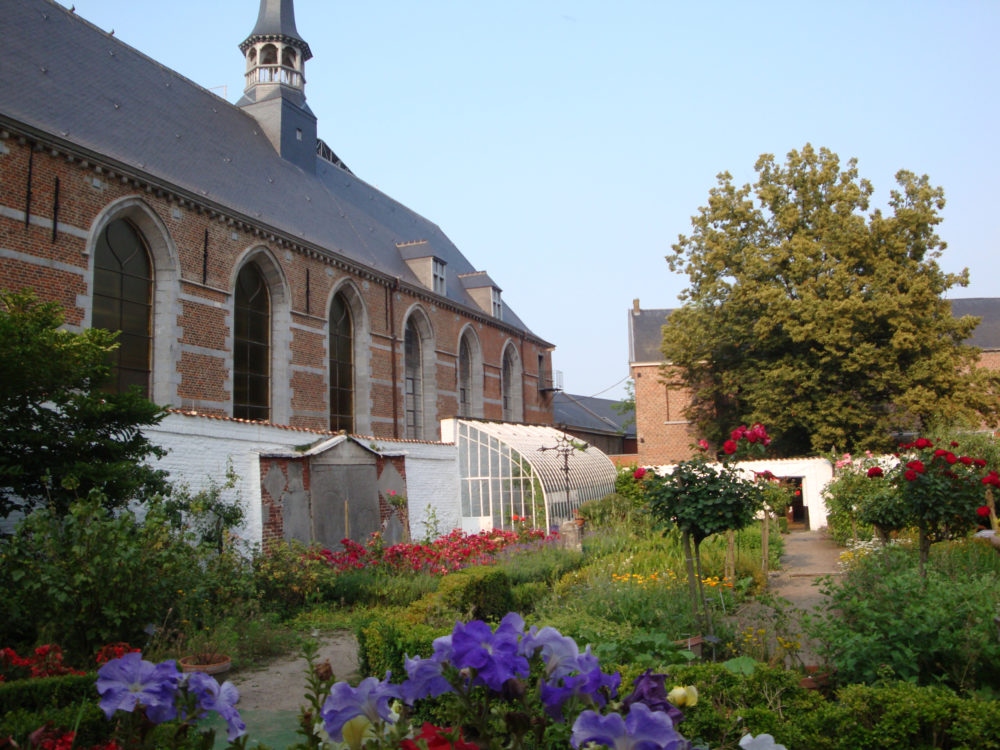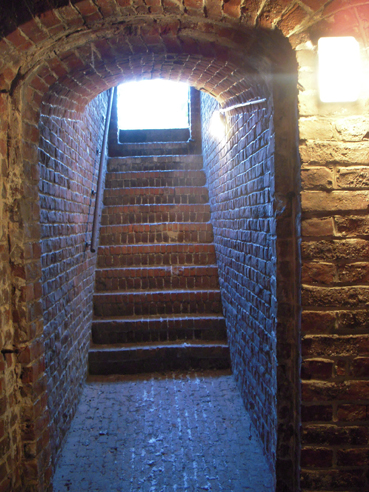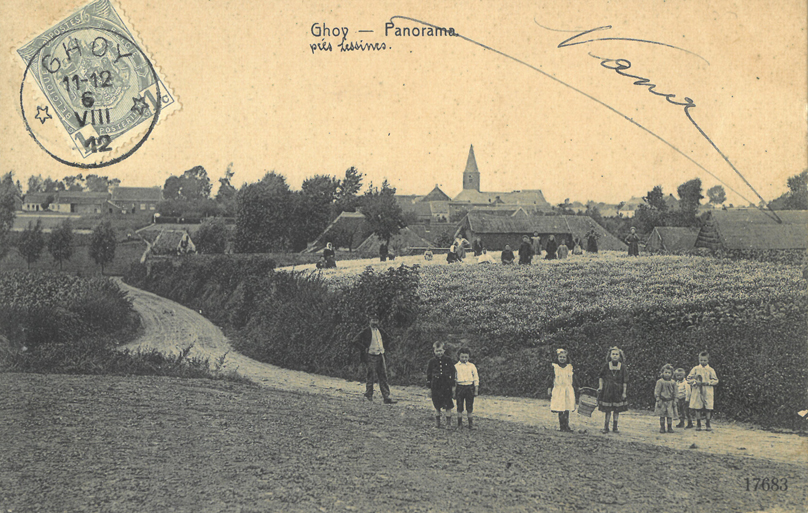The Hospital Notre-Dame à la Rose now houses a magnificent garden of medicinal plants where it is pleasant to walk around. Better still, if you are interested in plants and their benefits on health, beauty and well-being, you will find didactic panels (and their take-away booklet) which, for each plant, will detail its usable part, its properties, indications and ways to use it, plus each time a little anecdote about the plant….
An audio guide with 1h30 of commentary will allow you to discover all the secrets of the medicinal plants. The garden also has a lovely rose garden.


The garden of medicinal plants, with its well aligned cultures, is built according to the model of the Herbularius. It is one of the three components of the medieval garden, with Hortus (vegetable garden) and Viridarium (orchard).
At the end of the 8th century already, in chapter 70 of his capitulary of Villis, Charlemagne (around 742-814) recommended in the gardens the cultivation of 73 medicinal plants and condiments (the two not being separated, according to the famous council of Hippocrates (circa 460 – ca. 370 BC): “Let your food be your medicine”): aurone, marshmallow, dill, fennel, rosemary, catnip, lovage, mallow, mint, parsley, rose, sage , savory, rue … Monks and nuns were already cultivating medicinal plants to respond to the commandment to heal the sick. In an autarkic search, the cultivated plants were then used to feed the community, but also the people and especially the needy, to treat the sick and to bloom the chapel.
The doctrine of signatures, or signs of nature, is very old. It was especially developed by the Swiss doctor Philippe Theophrast Bombast of Hohenheim, better known under the name of Paracelsus (1493-1541). According to this theory, an analogy of form or color between a plant and a part of the human body suggests its ability to heal it. A little as if the Creator had disseminated these signs in his creation so that those who recognize them can enjoy their benefits.
Thus, the pilewort, whose tubers evoke hemorrhoids, has been used in ointment against this affection. The big burnet, with flowers of a dark bloodred color, is an effective haemostatic. Celandine, yellow latex, fights jaundice (although it is no longer used because of its toxicity). But perhaps it is the walnut that best illustrates this theory. Its shell evokes the cranial box. Its kernels resemble the two cerebral hemispheres with their many convolutions. It is known that alpha-linolenic acid (fatty acid of the famille3 family) contained in nuts is useful for the proper functioning of the brain. The most amazing fact is that many of the deductions made from this theory are validated by current science.
This icehouse is located in the garden, called “Garden of God” because of the large polychrome wooden crucifix that surmounts the construction; the latter, like almost all the icehouses, presents on the outside only a mound of earth planted with trees of various species sheltering it from the sun. Its entrance is located in the north (cold winds) and gives access to a staircase ending with a second door (icehouses had to have at least two doors). Behind it, a vestibule opens onto the well itself, a majestic brick building with a hemispherical vault, 8 meters in diameter and 10 meters high, the bottom of which is hollowed out by a circular conduit for meltwaters; in order to reduce the heat, the walls were covered with straw bales during the use.
The ice, sawn from the river during winter and filled the well; in this way, we could still find, in the following August, about 1.50 meters of ice intended for the compresses of the patients, the making of refreshing drinks and the conservation of the meats. The icehouse of the Hospital of Lessines was still functioning during the First World War.


Between the villages of Deux-Acren, Flobecq and Lessines the “medicinal triangle” is located. Indeed, this region is known for its important production of medicinal plants. In 1940, the culture of “simple” occupies several hundred hectares. An industry specializing in plant processing (drying, grinding, etc.) is developing in parallel. These producers will then supply all the major pharmaceutical industries in the country and export also abroad. The cultivated plants are local species, well adapted to the field: chamomile, angelica, valerian and many others.
